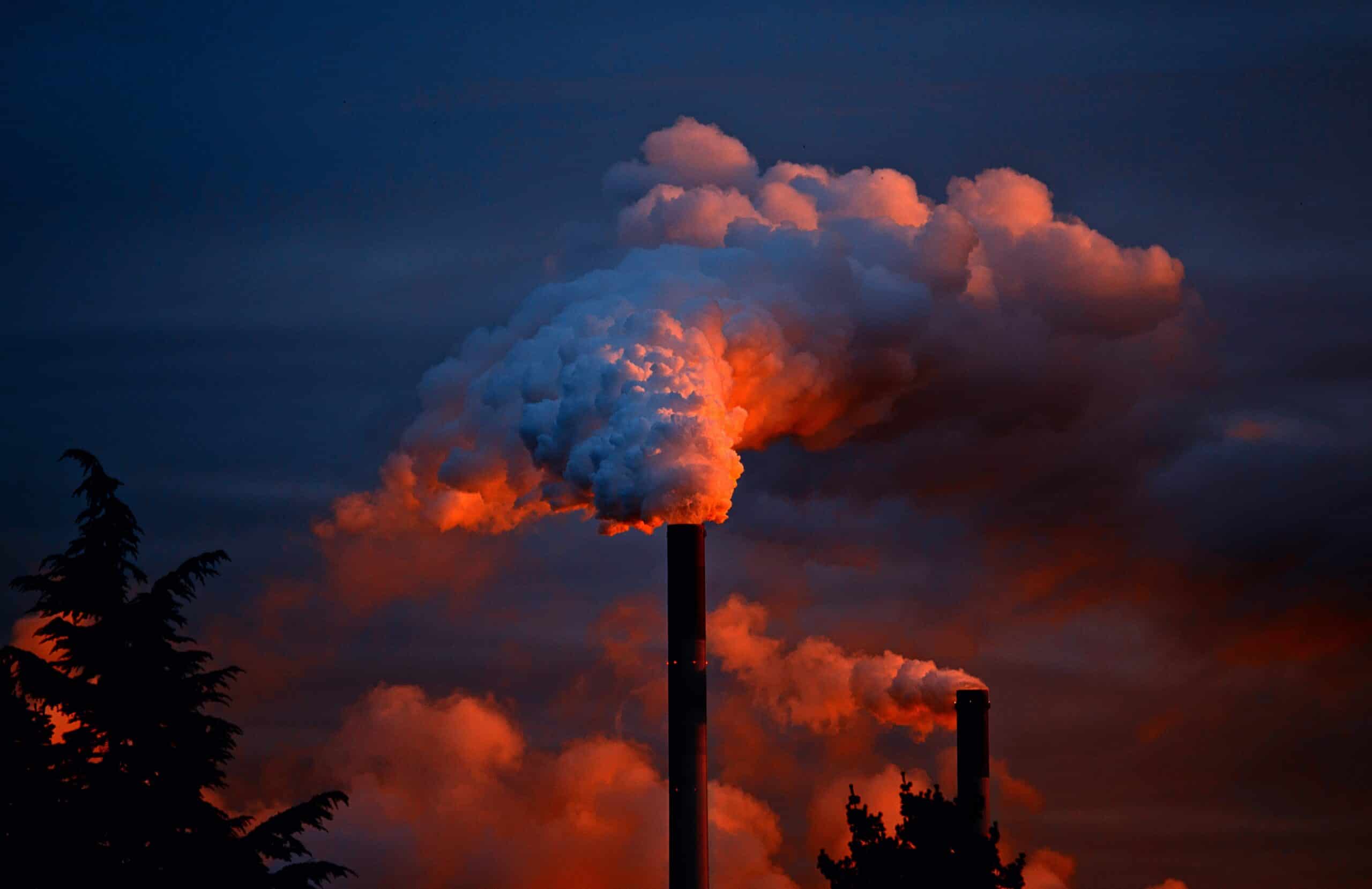
In a time where petroleum is not always attainable or a reliable source and greenhouse gas emissions are continuing to rise, biofuels may be the solution to the earth’s energy-related problems.
The History of Biofuels
Rudolph Diesel invented the diesel engine in the 1890s, which was able to use a variety of products to fuel it, including vegetable oil. Biodiesel is a type of biofuel made from plant matter and animals, whereas diesel is made from petroleum products. In 1937, a Belgian inventor proposed the idea of converting vegetable oils to fuel, in combat with issues in getting enough diesel to use. Initially, this idea was used for remote agricultural areas, where petroleum was not available.
In the 1980s the biodiesel industry began in Europe. Because biodiesel was only a popular topic when petroleum prices went up, the idea was seldom given attention. Over time, the world has gotten accustomed to biofuels and biodiesel, due to the lack of petroleum products and the lack of resources to extract it, it wasn’t until decades later that the United States got on board with biofuels.
In 1996, Pacific Biodiesel became the first biodiesel plant in the United States, after the idea spread through Europe and South Africa in the early 1990s. Pacific Biodiesel was established in Maui, Hawai’i, recycling used cooking oil into biodiesel. After the terrorist attack on 9/11/01, biodiesel became even more popular in the US due to record high oil prices, and as the US has gained more economic responsibility, biodiesel has been widely used. In 2005, the production of biodiesel, worldwide, reached 1.1 billion gallons. As concerns of global warming and awareness of energy security grow, biodiesel projects have become more popular throughout the world, especially in the European Union.
Biofuels Originate from Plants
Biodiesel fuel is originally made by converting vegetable oil into compounds called fatty acid methyl esters, and both animal fats and restaurant grease are ways that biodiesel can be made and remain to be a renewable and biodegradable fuel. Biodiesel and other biofuels are also better for the environment due to emissions when burned. Biofuels produce fewer emissions and air toxins when burned.
Biofuel has clean emissions, making it safer for the environment than petroleum products, and although the intention of creating biodiesel was not centered around sustainability, researchers and scientists have since used biodiesel to better the planet. Biofuels release less CO2 when burned compared to fossil fuels, and because they are created from renewable plants, the plants are thought to absorb the emitted CO2 from burning biofuels.
The Role of Plastic
Besides vegetables, biofuels have been made from other renewable plants and organisms. Plastic, for example, is a huge issue on the earth, and recycling plastic is almost impossible. Because the recycling process breaks down plastic, weakening it, the chance of plastic being repurposed with the same durability is not existent. The recycling process of plastic also produces GHG emissions. Biofuel made of plastic just might be the answer to diminish many of the planet’s plastic issues.
“Plastic Pyrolysis” is a way that the hydrocarbons in plastic can be reused as an energy source. Plastic pyrolysis transforms plastic into fuels by heating the plastic to 450 degrees and beyond, in the absence of oxygen, breaking the molecular chains to convert the plastic into gas and liquid hydrocarbons. The hydrocarbons can then be used as recycled fuels to power engines.
Plastic pyrolysis is not recommended for all plastics, due to the components of the plastic, but the process would be an excellent way to obtain energy sources, while also taking care of a planet-wide issue.
Other Means of Biofuel
Scientists have also found ways to use other plants and animals, such as algae, to be used as biofuels. The sugars in algae can be broken down and used as fuel.
Because biofuels release fewer CO2 emissions than fossil fuels, and biofuels can be created using renewable sources, research is underway for just how many resources can be used for biofuels. Scientists have already found so many beneficial resources biofuels can be made from and looking towards the future, we can expect many more, that will, in turn, help out our planet.
DOE Explains...Biofuels
Biofuels are liquid fuels produced from renewable biological sources, including plants and algae. Biofuels offer a solution to one of the challenges of solar, wind, and other alternative energy sources. These energy sources have incredible potential to reduce our dependence on fossil fuels and yield environmental and economic benefits.








